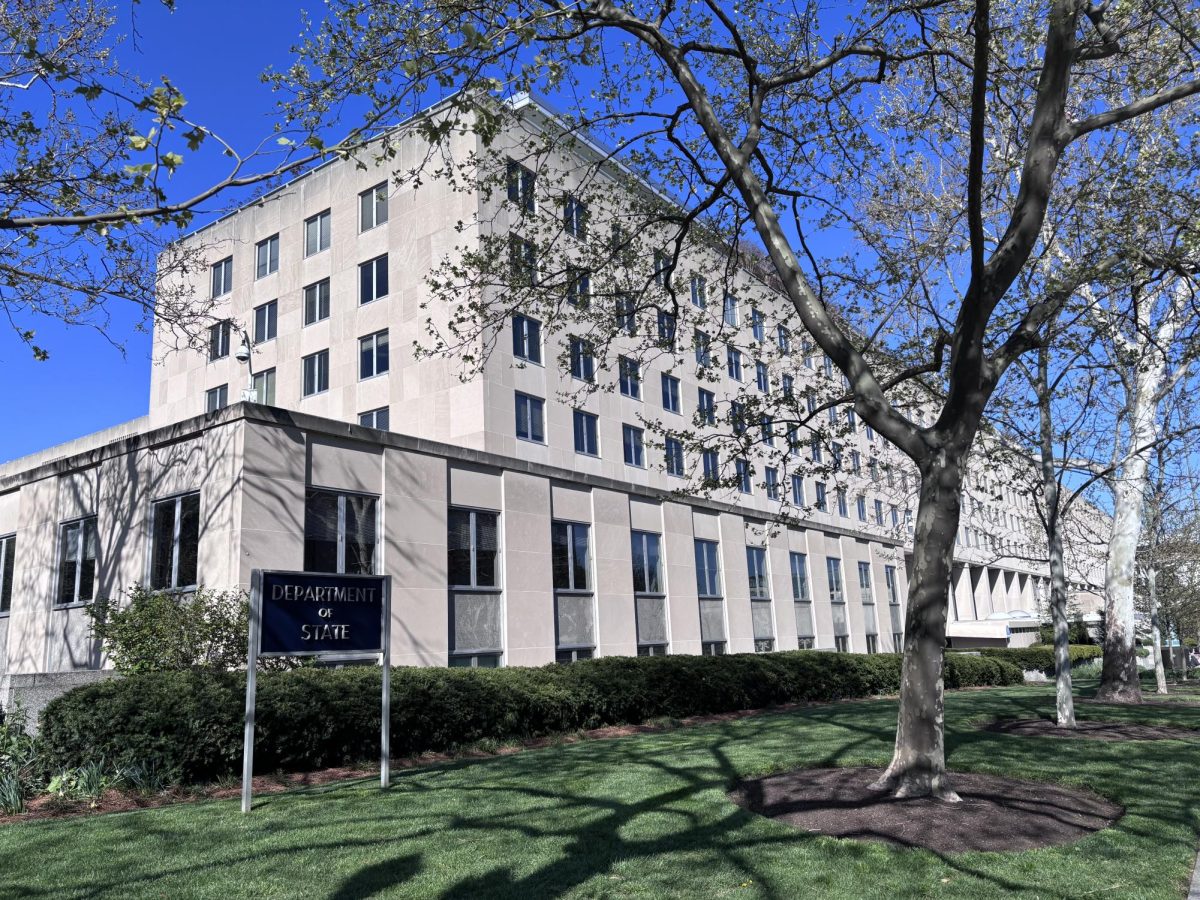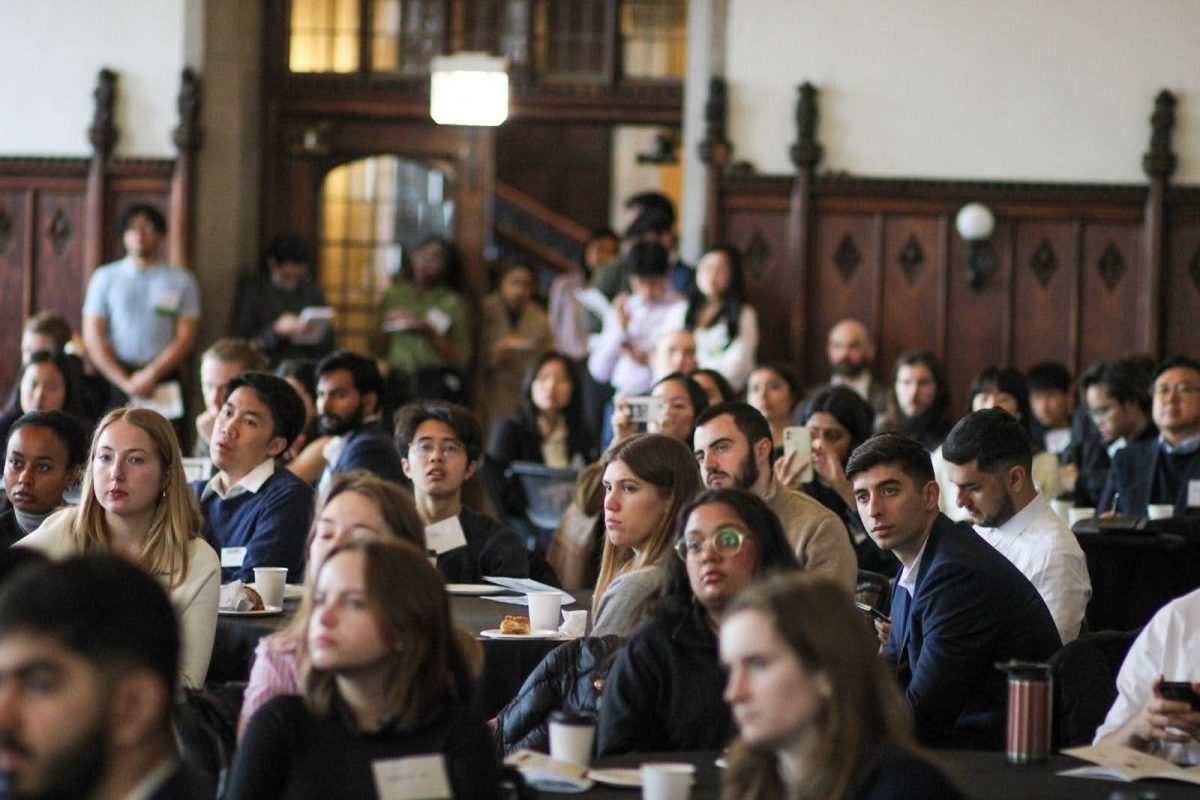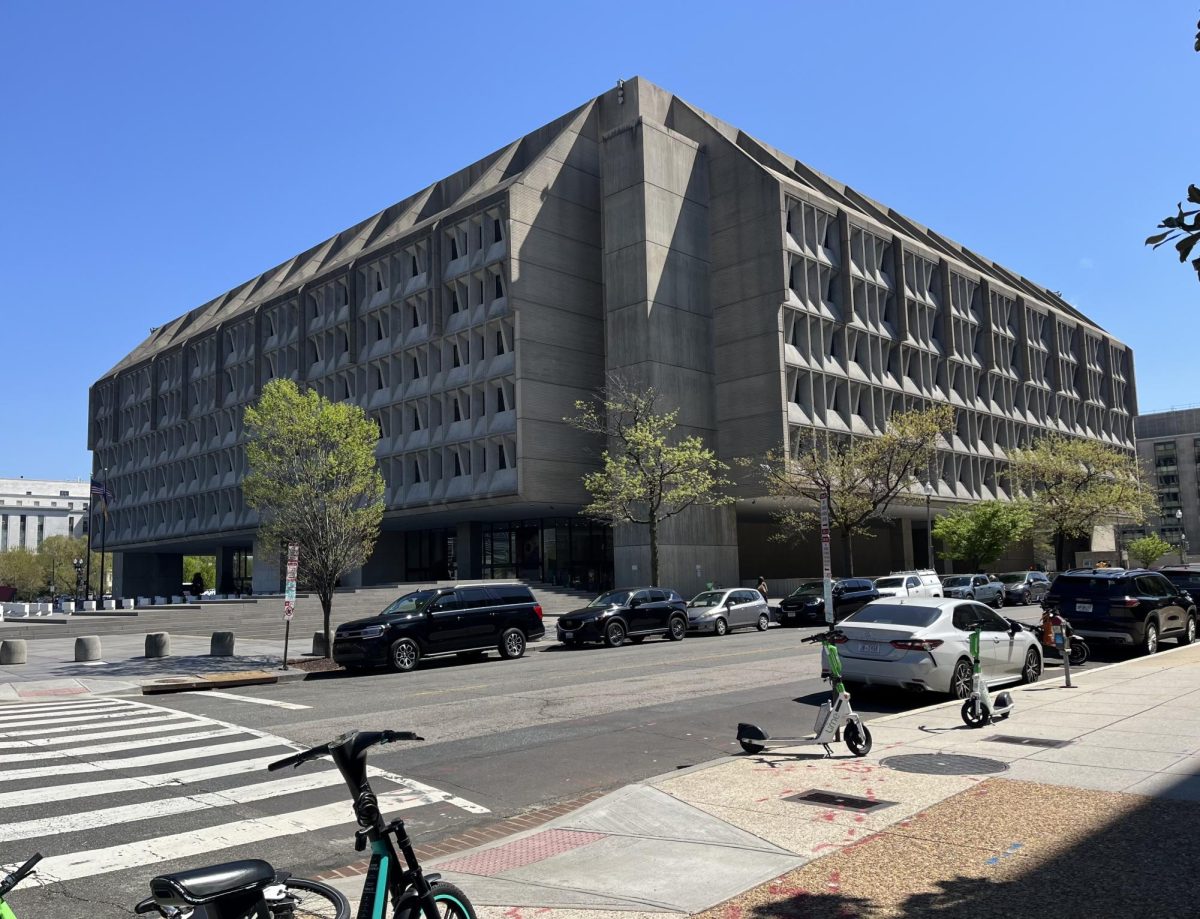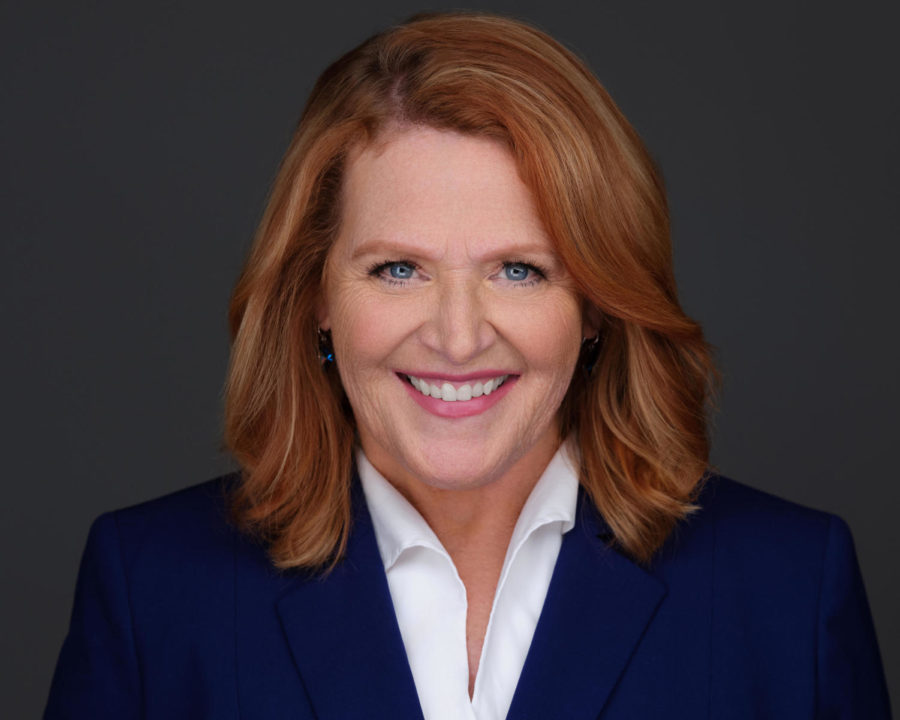Alderwomen Jeanette Taylor and Leslie Hairston, along with Mayor Lori Lightfoot, introduced the Woodlawn Housing Ordinance at last Wednesday’s City Council meeting, beginning the process of creating legal protection for Woodlawn residents potentially facing displacement from the opening of the Obama Presidential Center.
The ordinance is a compromise between Lightfoot’s administration and Taylor, who first introduced a Community Benefits Agreement (CBA) ordinance in July 2019 in order to prevent the planned Obama Presidential Center—and the rising rents expected to accompany it—from forcing her constituents from their homes.
Wednesday’s proposal came after months of back and forth between Taylor, whose draft legislation was supported by community organizers from the CBA Coalition, and Lightfoot, who introduced her own proposal in February of this year. At the time, Lightfoot’s bill was criticized as inadequate by CBA advocates.
The city owns 208 vacant lots in Woodlawn, and the question of how to use that land as leverage to encourage developers to build affordable housing has been a point of conflict in negotiations over a CBA. Taylor told Block Club Chicago that the provisions in Lightfoot’s bill were “nowhere near enough” to encourage building affordable housing on city-owned land. Taylor’s plan originally called for 30 percent of units built on land sold by the city to be affordable to people earning up to 50 percent of the area median income (AMI), with at least 33 percent of the 30 percent already set aside made affordable to people earning up to 30 percent of AMI, with that percentage doubling in cases where the city helps pay for the development.
Lightfoot’s February proposal would have set aside 20 percent of units in large apartment complexes for those earning less than 80 percent of AMI, with 5 percent dedicated to those making 50 percent or less of AMI and another 5 percent for those making 30 percent or less of AMI. For buildings with fewer than 15 units, those numbers would have decreased to 10 percent of units affordable to those making less than 80 percent of AMI.
The Woodlawn Housing Ordinance meets in the middle: it sets aside 25 percent of units built on city-owned land as affordable housing for people earning between 30-50 percent of AMI, according to a press release put out by the mayor's office on Wednesday.
The newly introduced legislation keeps the $4.5 million that Lightfoot’s first proposal appropriated for several existing programs that aid homeowners or those looking to refinance or develop affordable housing. Preservation of Existing Affordable Rental, which helps current landlords refinance their property, would get $1.5 million; Renew Woodlawn, a homeownership program, would get $500,000 plus a possible HUD grant; the Woodlawn Loan Fund, which helps turn vacant units into affordable housing, would receive $1.52 million; and the Woodlawn Long-term Homeowner Home Improvement Grant Program would receive $1 million to disburse in $20,000 grants for home repair.
Taylor’s original ordinance included a provision for the creation of a Community Land Trust charged with using its funds to build affordable housing, provide rent and property tax relief, give grants for home purchase and repair, and encourage small business and workforce development. The Trust would have been overseen by a board of directors representing diverse facets of the Woodlawn community and area stakeholders, including the Obama Foundation and the University of Chicago.
One feature of both Taylor and Lightfoot’s initial offerings that made it into the new legislation is the tenant’s right of first refusal, which allows tenants in a building about to go on the market to form an association and purchase it themselves before the owner entertains other offers.
Wednesday’s compromise follows years of organizing by the CBA coalition, which has held protests, sit-ins, and teach-ins to push the city to act on their demands. In June, the coalition erected a tent city in a vacant lot at 63rd and Blackstone in order to protest the mayor’s reluctance to commit to greater affordable housing protections as property values in Woodlawn increase alongside the threat of gentrification. Graduate student David Zegeye, an organizer with UChicago Against Displacement (a member of the CBA Coalition), said that the tent city demonstration helped push the mayor’s office to come back to the table.
“The tone of the city changed clearly from the beginning of the day to the end of the day,” Zegeye said. “By the end of the day when people were starting to do overnight sit-ins, the city called back and said ‘look, we’ll be able to give you 25 percent of city owned land.’ ”
Zegeye noted that in a nonbinding referendum held last year, Woodlawn residents overwhelmingly voted in favor of a CBA ordinance.
“We aren’t a minority voice in the community. This is community members coming together to have a say in what goes on in their neighborhood,” Zegeye said.
Zegeye also emphasized that the Woodlawn Housing Ordinance still won’t do enough to provide affordable housing for all the residents at risk of displacement, nor does it address those living in other neighborhoods that might be impacted, or the measures related to employment, education, and sustainability that were proposed by the Coalition but ultimately left out of Taylor’s first CBA ordinance.
“[The ordinance outline] originally had a two mile radius around where the Obama Center would be to provide protection for those residents: two miles extended all the way down to South Shore [and] all the way west to Washington Park, so we also need to push for affordable housing protections in those neighborhoods, not just Woodlawn,” Zegeye said. “Housing is a major component, but it’s not the only component to make sure Woodlawn residents benefit from the Center.”








